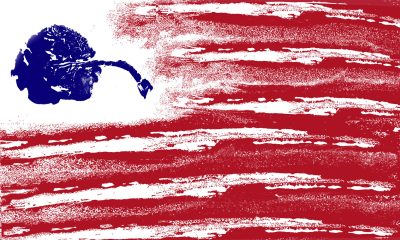essay
She would consider herself defiled [SLIDESHOW]
A slideshow of one LSB’s photographic process that involves putting out casting calls for her lookalikes, transforming them into witches through make-up tutorials, and the hybrid identity that results…
SLIDESHOW: ILONA SZWARC
As a foreigner to the United States, I stand outside the dominant order while immersed in my own process of becoming. This position, unique in that it is my own, and communal in that it is a space I share with so many others, is the source of my interrogation.
As a woman, it is in my nature to engage a perpetual process of creation, turning the self into an experiment in reproduction. Employing the use of look-alikes, women who I believe share my general appearance, I am exploring aspects of mirroring, staging and performance, seeing myself in the face of the other. I am interested in notions of becoming – how an individual assimilates and makes oneself imperceptible in society while engaging a series of internal transformations aimed at finding a kernel of truth amidst the noise.
Taking inspiration from stage make-up tutorials, I am playing with the surfaces that we construct to produce and affirm our identity. By following instruction manuals and reinterpreting them through my female gaze, often mimicking the persona of a male make-up artist, I am able to see what happens when gender roles are reversed and lines blur between passive and active bodies. By dismantling these false constructs, by taking apart the language of identification, I give birth to hybrid identities and in-between spaces, ones ripe with the tensions, breakthroughs and catharsis that take place within the sphere of possibility.
This process of becoming – the abstract line – disrupts any sense of chronological, linear narrative and prevents meaning from unfolding. At times, it can appear obscure and haunting, the gestures violent and aggressive. At first, I would observe myself in the eyes of the double, an act of mimicry that mirrored myself back to me, all the intricate details of how I embody and occupy myself. I then turn to the image of the witch, a signifier of women’s cultural un/belonging, a woman on the margins of culture, a form of feminist mythology constituted in relation to and as an alternative to the established male-centered master narrative. It’s an intertwined space of gender fantasy, one that challenges stigmatized forms of sexuality, age, ethnicity and religion.














